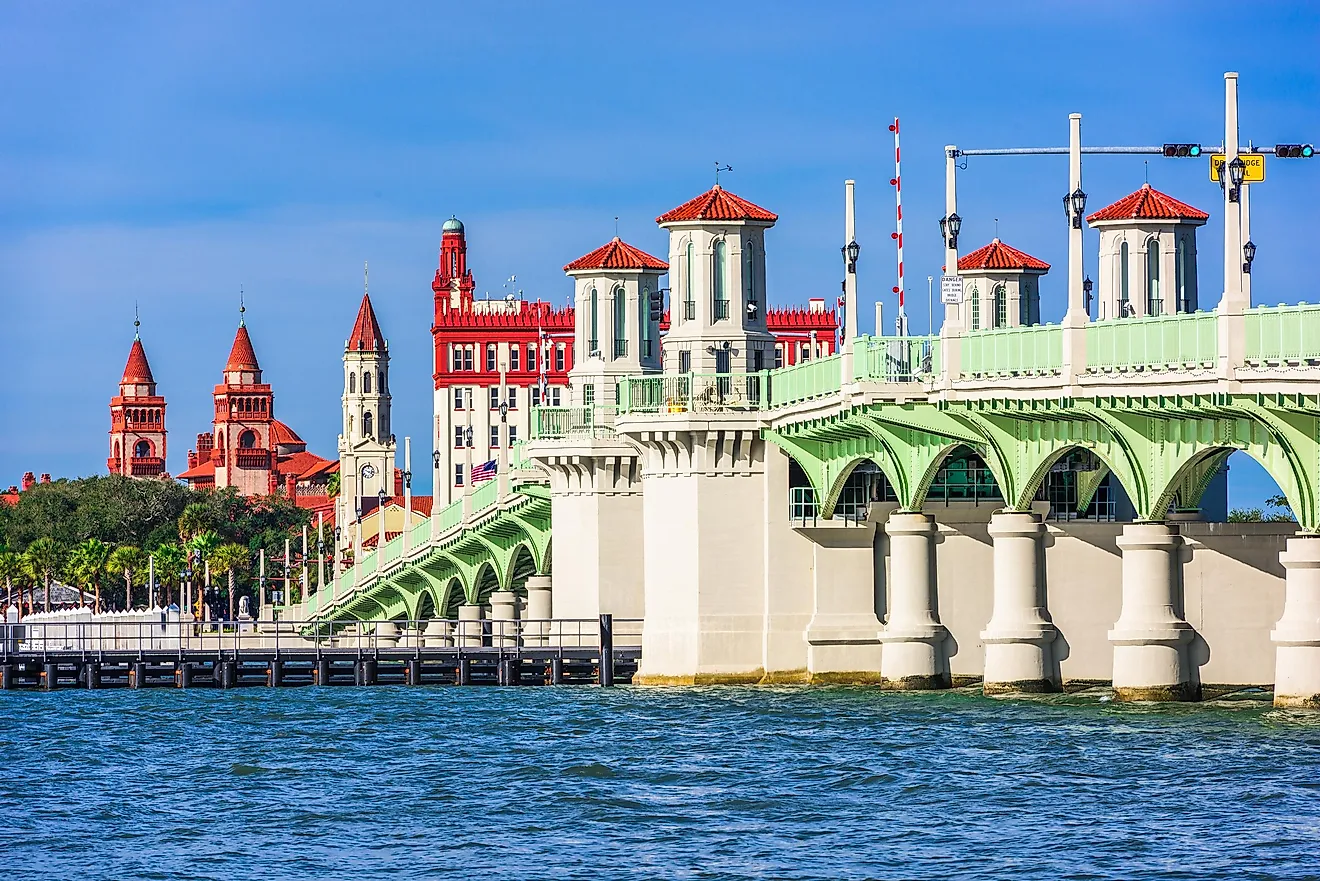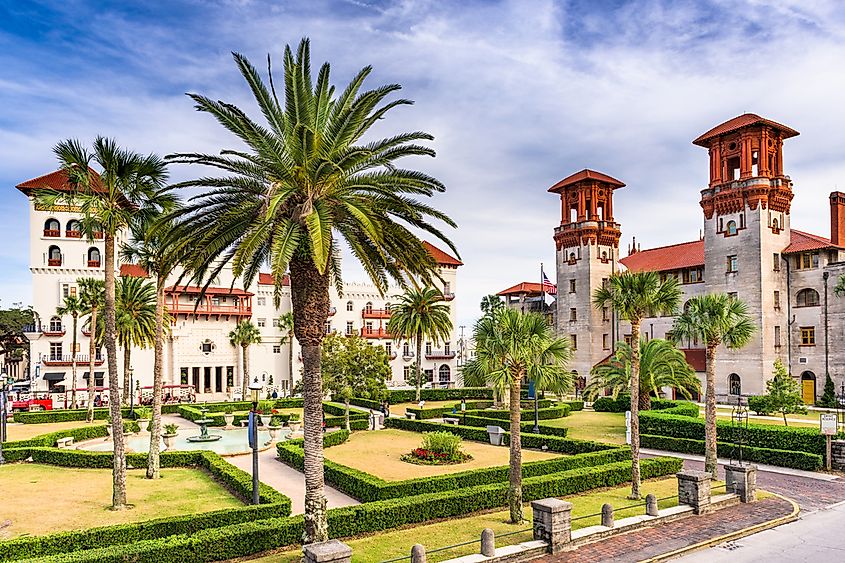What is the Oldest City in Florida?

The city of St. Augustine is Florida’s oldest city. It is also the oldest European established settlement that has been continuously occupied in the US since 1565. The city is located on the northeast coast of Florida between the saltwater rivers of Sebastian and Matanzas. It is known for its Spanish colonial architecture and beautiful Atlantic Ocean beaches. The city occupies an estimated 10.7 square miles of land and is home to 12,975 people.
History
The City was founded in 1565 by Spanish explorers. The city was named "San Agustin" by its founder, Pedro Menendez de Aviles, a Spanish admiral whose fleet had first noticed the lands of Florida on August 28 which was the day of the feast of St. Augustine. Pedro’s expedition to Florida had been authorized by King Philip II of Spain who had granted him an asiento in a bid fend off the French who had earlier established a settlement called Charlesfort in the present day South Carolina. The asiento gave Pedro expansive trade privileges and power to distribute lands on the Crown’s behalf. In 1586 the city was plundered by Sir Francis Drake, burned by Governor James Moore of Carolina in 1702 and besieged by James Edward Oglethorpe, a British general in the Colony of Georgia in 1740. The city also served as a refuge for loyalists in the American Revolution and as a prison for Seminole Indians during the Seminole Wars.
The city is famous for its history of tolerance and civil rights movements. The city was home to the St. Augustine Movement which was under the umbrella of the Civil Rights Movement between 1963 and 1964. Despite being in a majority white city, the St Augustine Movement led by Dr. Robert B. Hayling actively lobbied against racial segregation in the state. Dr. Roberts invited Martin Luther King to further the civil rights cause but was arrested in 1963 for protesting racial segregation at the Monson Motor Lodge. The St Augustine Movement is credited as having played an integral part in the enactment of the Civil Rights Act in 1964.

Politics
The city was the seat of Spanish Florida for more than 200 years, and it served as the British East Florida’s capital from 1763 until the territory was ceded to the Spanish in 1783. The city and the territory of Florida were later ceded to the US in 1819 with St. Augustine retaining its status as the Capital of Florida after the ratification of the Adams-Onis Treaty. The capital of the territory was later moved to Tallahassee in 1824.
Economy
St. Augustine’s economy relies primarily on tourism and is ranked among the best cities to visit due to its history, art, architecture, culture, and great weather which is mostly warm and sunny due to its coastal location and low altitude. The city's history of tourism began in 1880 when it served as an elite getaway after receiving promotion by Henry M. Flanger, a financier-railroad magnate. Its status as an elite getaway destination was held until the Great Depression and World War II.











